Rear Window: 6 GM coupes with dazzling back glass
When enthusiasts pick design details on vehicles to obsessively critique, the front-end bits usually get all the attention. Grilles, scoops, emblems, and ornaments are all proudly displayed in the front of a vehicle and clamor for attention. Nobody seems to have a favorite trunk.
We noticed a trend, particularly on GM coupes, in which designers seemed to push the envelope and see just how much they could get away with when it comes to radical rear glass. Alfred Hitchcock’s Rear Window may have debuted in 1953, but some of the best-looking rear windows came out in the decades that followed. As windshields became nearly flat after the bubble-top era, the backlite—the technical design term for “rear window” or “rear glass”—was one part of the greenhouse that was still up for some ambitious experimentation. Here are some of our favorites.
1963–67 Chevrolet Corvette

You knew this list had to include the split-window 1963 Corvette coupe. Yes, it’s an iconic design and yes, that center spine does add to the already striking lines of the ’63 Sting Ray, but the 1964–67 Corvette still offers traffic-stopping good looks thanks in part to that teardrop fastback roofline and deeply curved rear glass.
1971–73 Buick Riviera

Buick’s big personal luxury coupe was unlike anything else on the market—except for that big curved rear glass, which did resemble that on the recently-departed Sting Ray. The big Buick coupe took the tapering cockpit theme even further than the Corvette did, with ’71 and ’72 Rivieras wearing a boat-tail stretched from the decklid into the bumper and culminated in a sharp point. The 1973 model smoothed the lines out a bit, but the look is still striking.
1977–79 Chevrolet Impala/Caprice
Despite being ridiculed by car fans the world over, the Malaise Era did have some gems. We present Exhibit B-body, the 1977–79 full-size Chevy coupes. OK, so the bumpers are bit clunky, we admit. But just look at how simple and clean the rest of the car manages to look. The Landau coupes, with their painted C-pillars and rear roof sections, even managed to present vinyl tops in a fresh way. Of course, the crowning touch is the sharply beveled rear glass.
1977–78 Oldsmobile Toronado XS
Not to be outdone with the creased rear glass showcased in Chevrolet’s B-bodies, Oldsmobile created the Toronado XS. Its extreme wraparound rear window was something that hadn’t been seen since the swoopy styling of the 1960s and set the Toronado XS apart from its competitors in the expanding personal luxury segment. Only about 2700 were built, and they’re a rare sight today.
1978–87 Chevrolet El Camino/GMC Caballero
Yes, the El Camino is still a coupe; it’s just a coupe utility. The final generation of El Camino and only generation of GMC Caballero brought a slightly longer wheelbase than their predecessors—previous GMC utes were called Sprints—despite looking far more trim and compact. They also had a seriously curved rear window. The sloping C-pillar hides most of the unique rear window, but one look from the rear three-quarter reveals how GM neatly separated the cab from the bed with a single, deeply curved piece of glass.
1986–87 Chevrolet Monte Carlo and 1986 Pontiac Grand Prix Aerocoupe
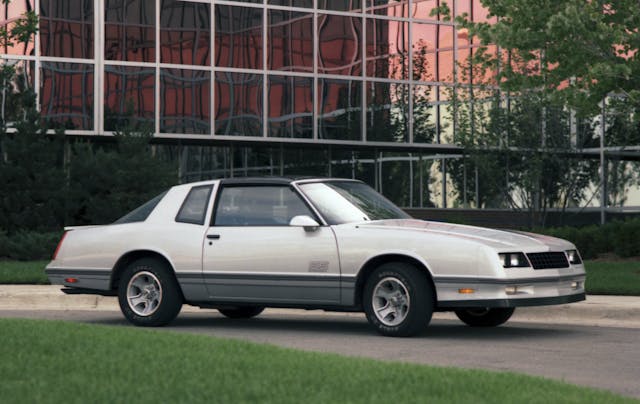
When you think of NASCAR homologation specials that brought superspeedway aerodynamics to showroom floors, you no doubt imagine the Plymouth Superbird and Dodge Charger Daytona. Your next few contenders might be the Torino Talladega and Charger 500. Eventually, you might remember the Monte Carlo Aerocoupe and its similar (but not identical) Pontiac Grand Prix 2+2 Aerocoupe sibling.
These cars didn’t come with a whole lot of muscle like their aerodynamic ’60s predecessors, and Joe Dirt never drove one, but their impact on NASCAR was still important. Pontiac made around 1100 of its fastback coupe while Chevrolet sold 200 Aerocoupes in 1986 and several thousand in 1987. They allowed GM to put a much-improved profile on its NASCAR racers and helped drivers like Dale Earnhardt bring Chevrolet back to the winners circle after Ford’s slippery Thunderbird proved tough to beat.
***
Check out the Hagerty Media homepage so you don’t miss a single story, or better yet, bookmark it. To get our best stories delivered right to your inbox, subscribe to our newsletters.
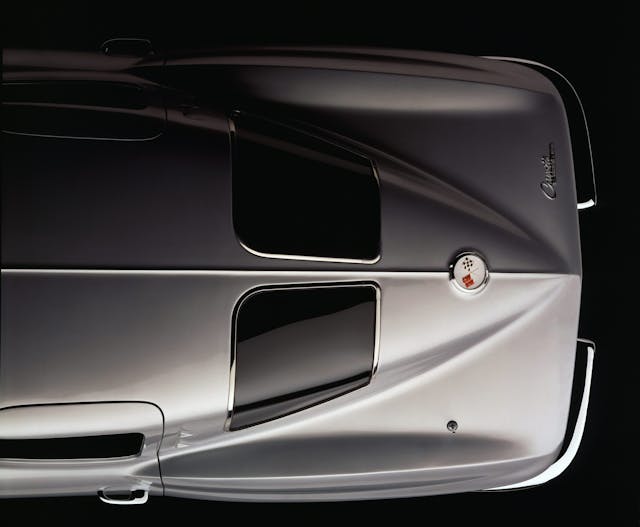
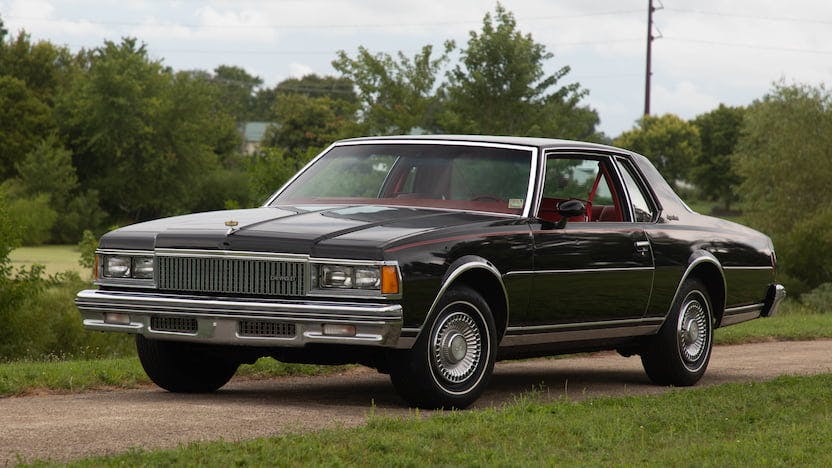
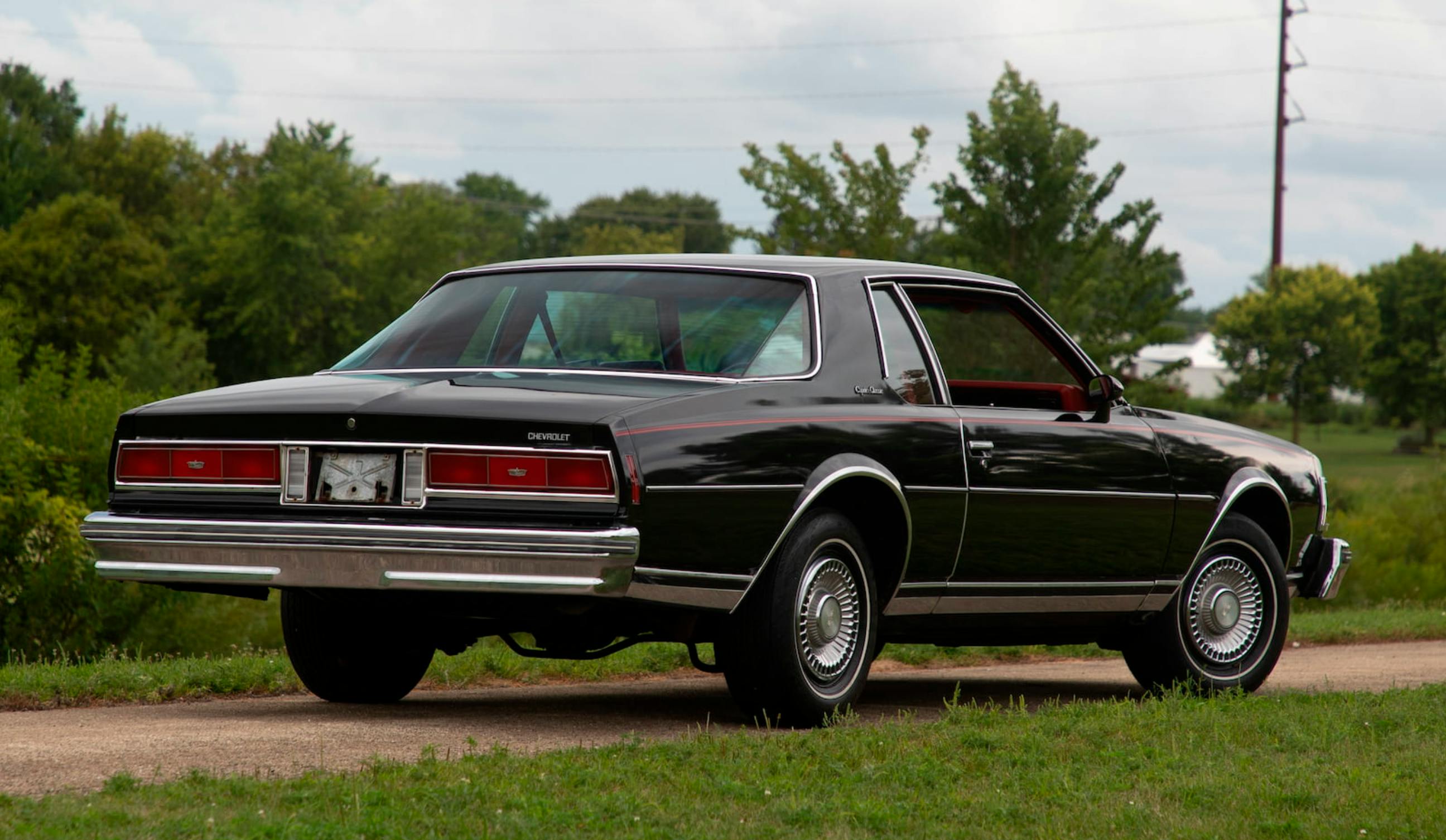
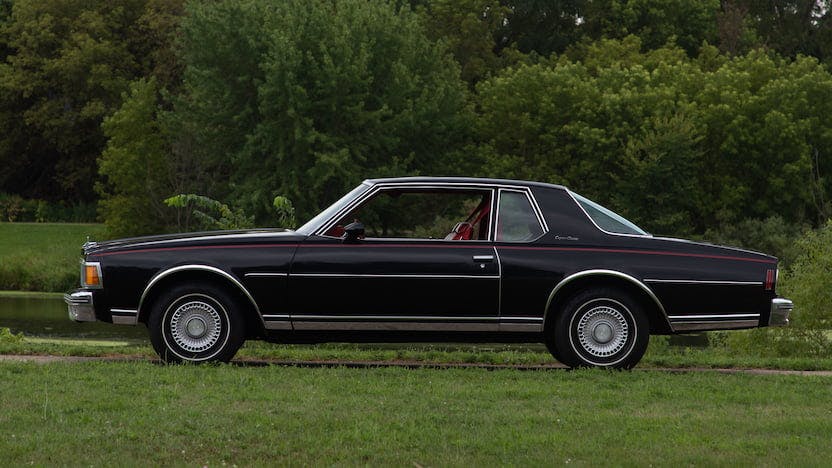
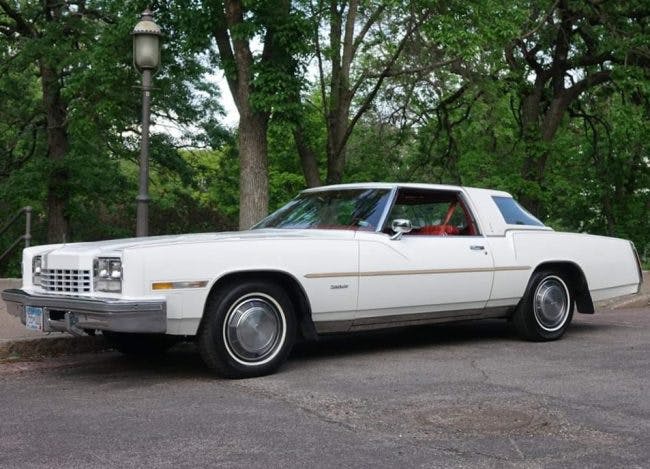
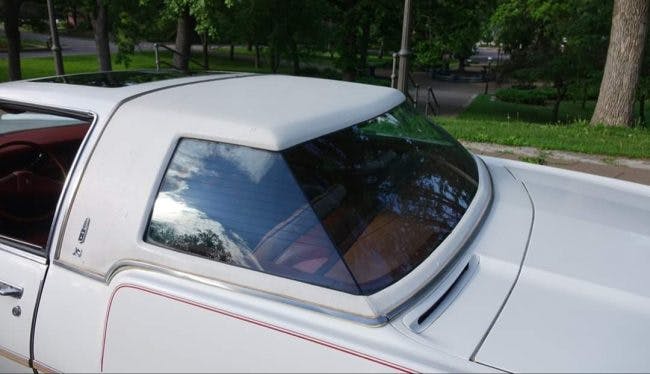




1957 Olds 98, 3 piece. THAT’S stylish!
Of these, I would pick the glass on the Caprice. Second would be the El Camino (not really a coupe, despite what the author says); not only is the back window cool, but the flying buttress setup on the side windows is great. No wonder it is the best-looking generation of all El Caminos.
The Toro looks like they took a good idea, and overdid it. I was never a big fan of the boattail Riv, and the big glass ruined the Monte Carlo SS (I turned down buying a really nice one because of that feature, buying the regular coupe instead). Not shown is one of the homeliest GM’s ever, the Grand Prix Aerocoupe.